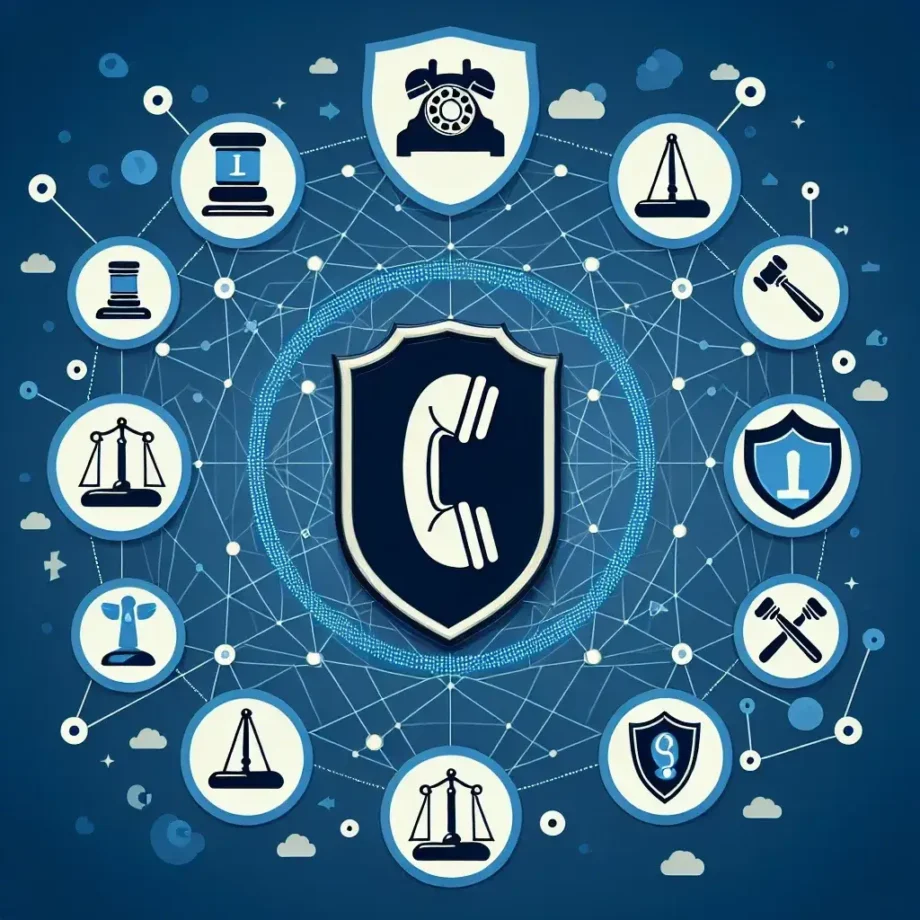
Introduction
The Federal Communications Commission (FCC) has taken significant steps to combat the growing issue of robocalls in the United States. With their latest initiative, the FCC has expanded its enforcement measures, imposing call label penalties on carriers that fail to comply with regulations aimed at protecting consumers from unwanted and potentially harmful robocalls. This article explores the implications of these new enforcement measures, the historical context leading to this decision, and what consumers and carriers can expect moving forward.
The Rise of Robocalls
In recent years, robocalls have surged to alarming levels, disrupting the daily lives of countless Americans. According to the FCC, over 50 billion robocalls were reported in 2022 alone, a staggering increase from previous years. These calls often come from telemarketers, scammers, and fraudulent entities, leading to widespread frustration among consumers.
Historical Context
The FCC’s fight against robocalls began as early as 2017 when it established measures to tackle the epidemic. With each passing year, the issue only grew more serious, prompting the agency to explore new avenues for enforcement. The introduction of call label penalties marks a pivotal moment in this ongoing battle.
What Are Call Label Penalties?
Call label penalties refer to the fines imposed on telecommunications carriers that do not adhere to FCC regulations regarding the identification and labeling of robocalls. Under the new rules, carriers are required to employ call authentication technologies to ensure that calls are accurately labeled as either legitimate or suspicious. Failure to do so could result in substantial financial penalties.
The Purpose of Call Labeling
- Consumer Protection: The primary goal of call labeling is to protect consumers from unsolicited and potentially dangerous robocalls.
- Accountability: By holding carriers accountable for their role in the robocall ecosystem, the FCC aims to create a more responsible telecommunications landscape.
- Encouraging Compliance: Penalties serve as a deterrent for carriers that might otherwise neglect their responsibilities in implementing call authentication measures.
The Impact of the Enforcement Expansion
The expansion of robocall enforcement through call label penalties is expected to have several notable impacts on both carriers and consumers.
For Carriers
Telecommunication companies must now invest in the necessary technology to comply with the new regulations. This includes implementing robust call authentication measures like STIR/SHAKEN protocols, which help verify the authenticity of calls. Carriers that fail to adapt may face severe penalties, potentially harming their reputation and financial standing.
For Consumers
Consumers stand to benefit significantly from the FCC’s expanded enforcement measures. With more accurate call labeling, individuals can make informed decisions about which calls to answer, reducing the number of unwanted interruptions. Additionally, greater accountability among carriers can lead to an overall decrease in robocall frequency.
Future Predictions
As the FCC continues to strengthen its enforcement capabilities, the landscape of robocalls may undergo considerable changes. Here are a few predictions for the future:
- Decreased Robocall Volume: With stricter penalties in place, carriers may take proactive measures to reduce the number of robocalls reaching consumers.
- Enhanced Consumer Awareness: As people become more aware of the call labeling system, they may become more vigilant in avoiding suspicious calls.
- Technological Advancements: Carriers may innovate new technologies to improve call authentication and consumer protection measures.
Challenges Ahead
Despite the potential benefits of the FCC’s expanded enforcement measures, challenges remain. Some carriers may struggle with the costs associated with implementing the necessary technologies, while others may attempt to evade compliance. Furthermore, the dynamic nature of technology, particularly in the realm of telecommunications, means that scammers and robocallers will likely adapt to circumvent regulations.
Consumer Education and Awareness
A crucial aspect of mitigating the robocall epidemic lies in consumer education. The FCC must continue to inform the public about the importance of call labeling and how to identify suspicious calls. This can include public service announcements, community outreach programs, and collaboration with consumer advocacy groups.
Conclusion
The FCC’s decision to expand robocall enforcement with call label penalties for carriers represents a significant step toward protecting consumers from the pervasive threat of unwanted robocalls. As carriers adjust to comply with these regulations, consumers can expect a more secure telecommunications environment. However, the battle against robocalls is far from over, and ongoing vigilance from both the FCC and consumers will be essential in achieving lasting results.
Call to Action
Consumers are encouraged to stay informed about the changes in robocall enforcement and to report any suspicious calls they receive. Together, we can create a safer communication landscape for everyone.
